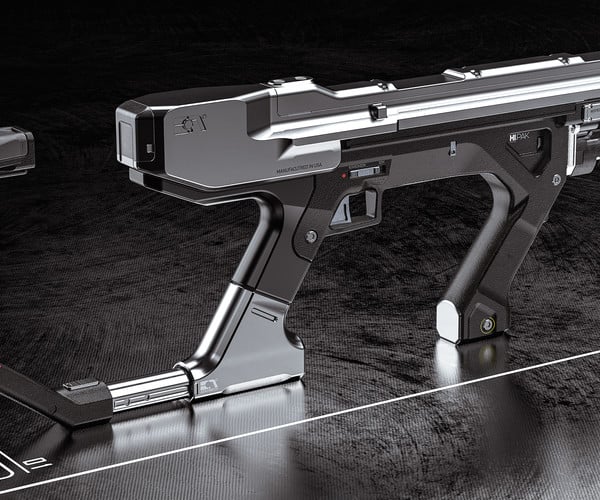
Combining these textures, along with the three golden photography rules, will help create realistic images could one day be on the front of a magazine. are great ways of adding these surface imperfections. The end goal for both is to hit the ideal reality target, without falling into the uncanny valley, which would make the product look like an eerie airbrushed painting.Īdding displacement maps, refraction maps, specular maps etc.

Renderings come from the opposite direction starting with perfect geometry and applying precise surface imperfections to make it look realistic. Photographing products in the real world involves post-production editing in which all of the imperfections are airbrushed out to produce an “ideal reality”. This is where rendering is different from product photography, even though the end goal is the same. The final push for realism comes from disrupting the perfect geometry that only computers can create nothing in the real word has a mathematically perfect straight line. IMPERFECTIONS MAKE IMAGES FEEL MORE NATURAL

I’d recommend learning the basics, like colour temperature and 3-point lighting as a starting point, and then you can really start to have fun!

A soft white light in a studio environment or a sharp warm 2700k temperature light simulating a sunrise with crisp shadows can really change how the scene looks, so remember to replicate real photography if you’re going for realism. Deciding on the lighting setup really depends on the style of image that you’re aiming for. Once the base materials are set, it’s time to light the scene. Adding in these complex material nodes increases the render time so, while you’re still fine-tuning your scene, I would recommend keeping things simple with just the base materials (and possibly reflection maps to check the highlights aren’t blown out). It’s possible to fine tune each material to have an exact base colour, reflection, translucency, opacity, and much more. Keyshot’s material graph has become incredibly powerful recently. With the scene set, it’s time to apply the materials. THE MORE ACCURATE THE MATERIALS AND LIGHTING, THE BETTER THE RENDER The 30mm gives this coffee pot a strange perspective, whereas the 50mm is a lot more natural. The difference between a 30mm and 50mm lens can be seen here. Here you can see the two image layouts I chose to render, before applying the materials. These are typically what photographers use for portrait and product photography, as it replicates what our eyes naturally see. Camera settings also contribute to the composition: as a rule of thumb, I usually stick between 50mm and 80mm lenses. In Keyshot, the first thing I do is import the data I want to render, and start laying things out to get the composition right.

#Keyshot lighting tutorial how to#
Hey I’m Sam and I do design! I recently made a YouTube video demonstrating how to Render Realistically Really Rapidly! This process helps break down your 3D models and turn them into photorealistic renders.


 0 kommentar(er)
0 kommentar(er)
